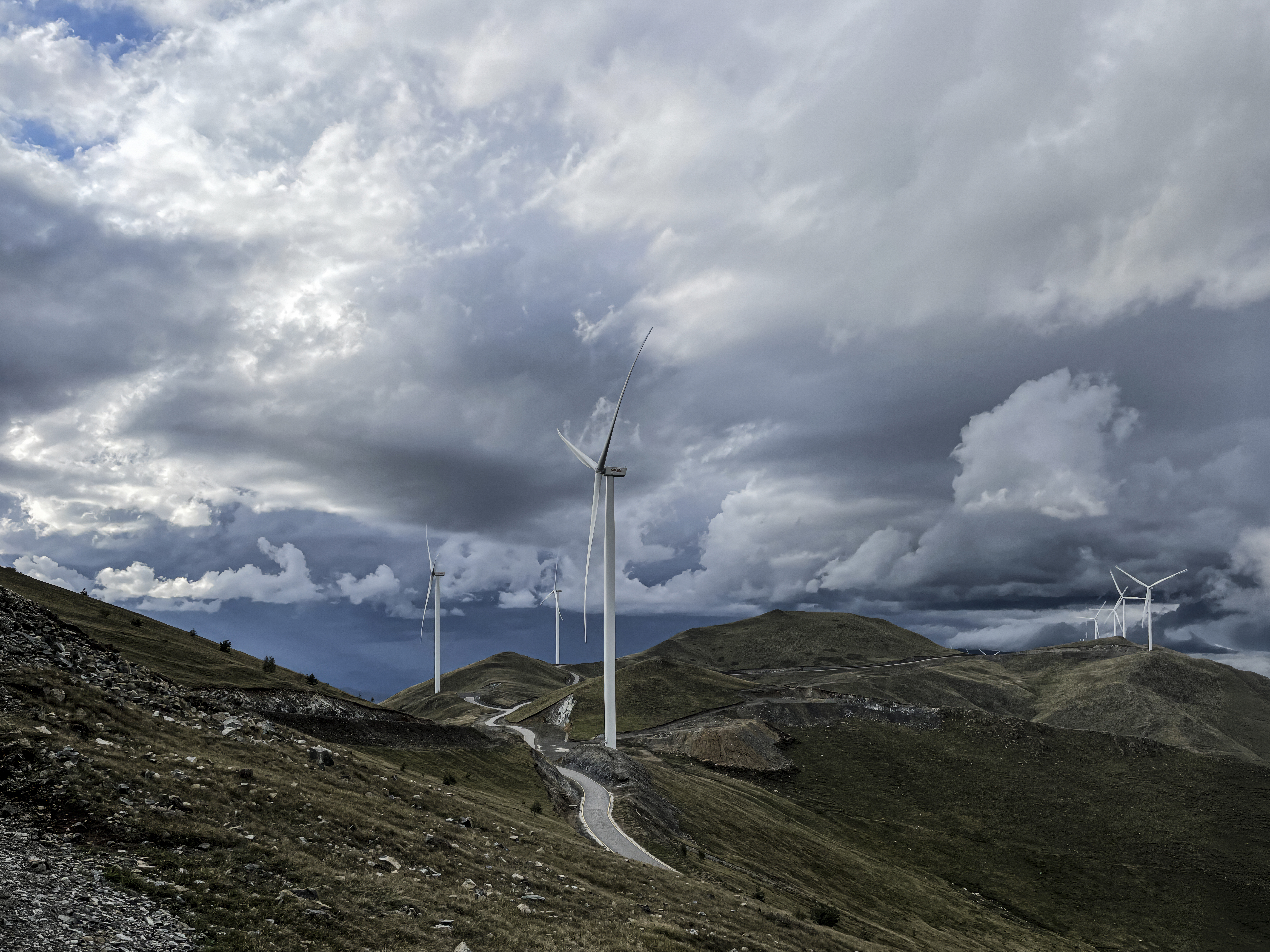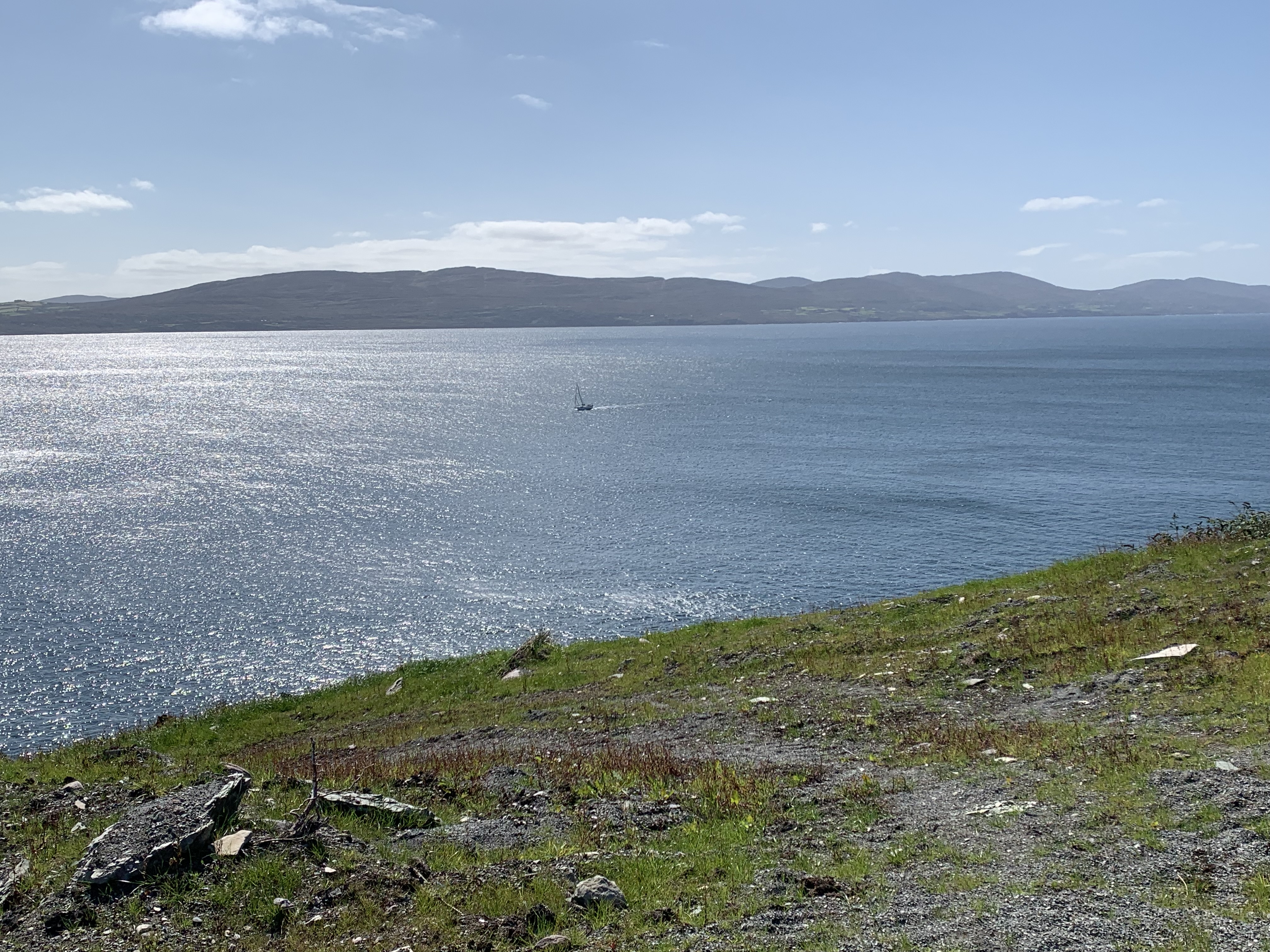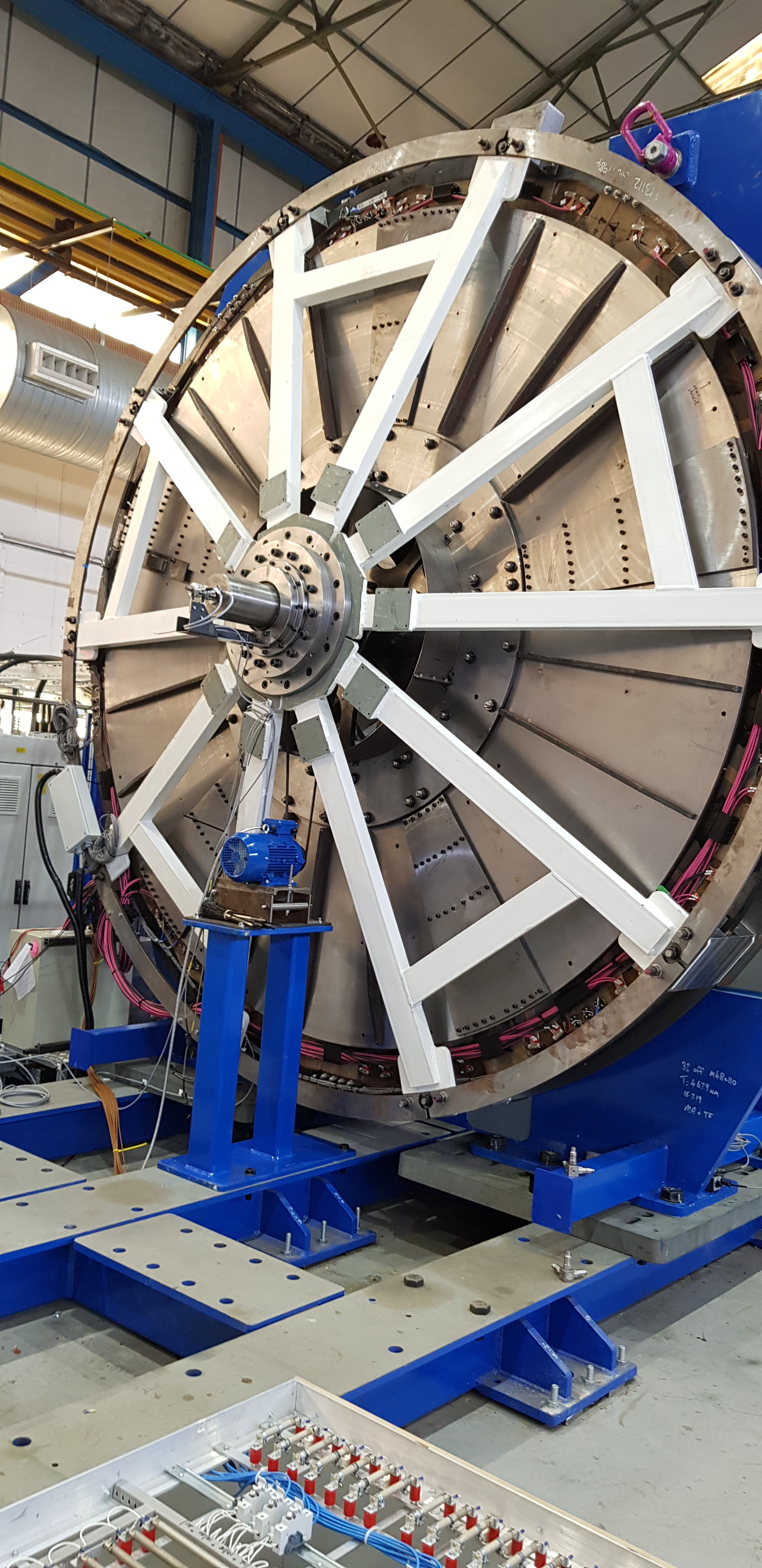Latest Blogs
Reducing blade damage caused by lightning
Published in: Wind, Corporate Focus, Exclusive Articles
Arctura's ArcGuide coating represents a groundbreaking approach in mitigating lightning-induced damage to wind turbine blades, a problem that costs the industry over $100 million annually. Designed to alter the electric field surrounding the blades, the coating encourages the formation of lightning leaders at specific receptors rather than within the blade itself, reducing the frequency of punctures. Laboratory testing on GE 1.5sle blades demonstrated a significant 73% decrease in punctures at prevalent strike angles. This enhancement could substantially reduce both downtime and repair expenses for the wind industry. Recent studies corroborate the coating's potential to diminish these financial losses.
How lightning protection systems work
Most modern wind turbine blades are equipped with lightning protection systems (LPSs). The most common LPS uses one or more surface-mounted lightning receptors connected to a grounded down conductor: see Figure 1.
A typical lightning strike begins when the strong electric field induced by a charged storm cloud and downward stepped leader causes upward streamers and leaders to emanate from the grounded lightning receptors on the blade. A direct strike results when one of the upward leaders from the receptor connects with the downward stepped leader from the cloud passing a large amount of electrical charge safely to ground.
Unfortunately, this system has some flaws. Leaders will also form from the down conductor and other conductive components internal to the blade. Often, those internal leaders reach through the blade skin and 'win the race' to be the first to connect with the downward leader from the cloud. This creates a puncture through the blade skin, delamination, debonding of the trailing edge, or more catastrophic damage.
To read the full content, please download the PDF below.
Download full article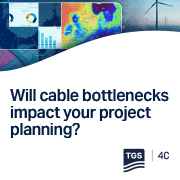




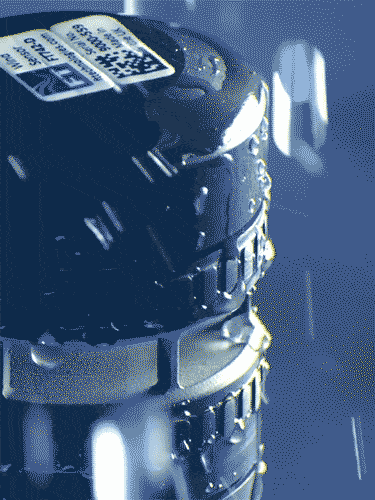
.gif)
